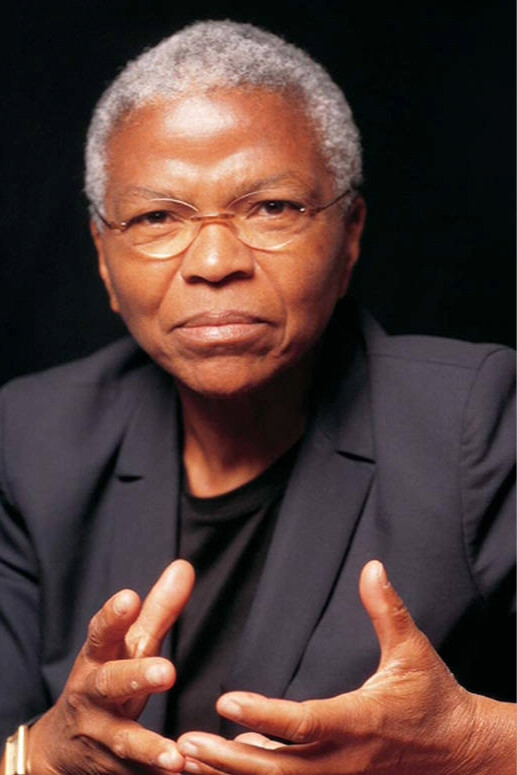Is Diversity & Inclusion Over: Is Now Really the Time?
Training overview
When the Supreme Court decided that taking race into account as a remedy for racial disparities is unconstitutional in the 2023 Harvard and University of North Carolina admissions cases, it seemed to finally have demolished a weak but at least somewhat effective way of ending. racial inequality. However, the story continues. From Berry’s work in the Nixon administration developing goals and timetables for affirmative action on hiring women and contractors of color to desegregation issues as chief U.S. education official during the Carter administration and then-President Bill Clinton’s appointing her as the first chairwoman of the U.S. Commission on Civil Rights in 1993, she has been very much involved in the history of affirmative action and diversity. Access to quality higher education became a major goal of the civil rights movement pressed on politicians.
When Martin Luther King was assassinated predominantly white colleges and universities began to admit more black students opposition to affirmative action as reverse discrimination against whites became even more heated. When the Supreme Court decided the Bakke case in 1978 officially ended affirmative action replacing it with diversity DEI became the new form of racial remedies story. For reasons of morality, demography, and because having quality education as a goal and the economic needs of serving clients and political constitutions and the perpetual search for an orderly society, labels may change but the search for civil rights remedies for racial inequality is not over.
Key takeaways
“Repairing the Past”: Confronting the Legacies of Slavery
Dr Mary Frances Berry
Author, Activist, Educator & Historian
View Profile


